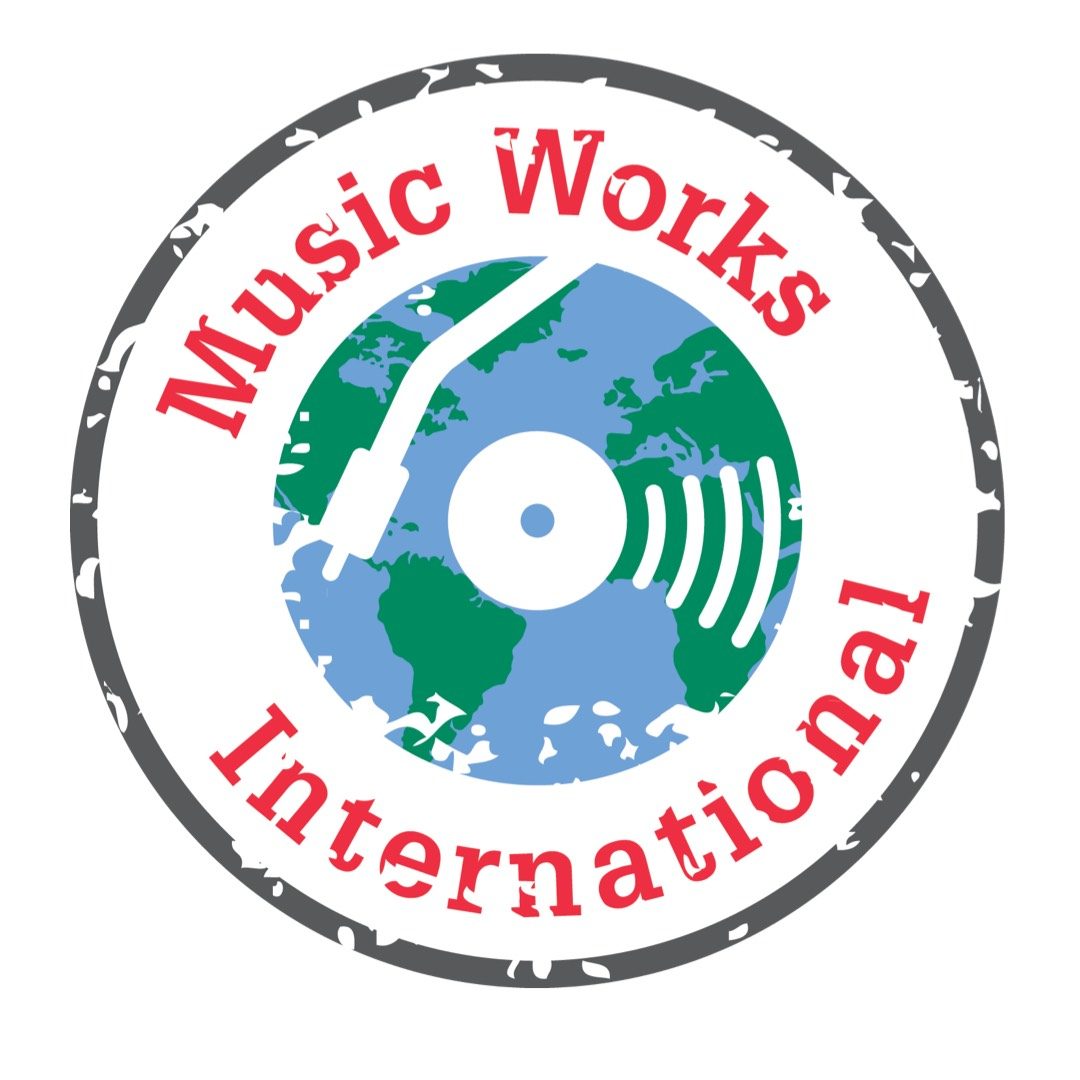Pablo Solis, Music Works International’s Development Manager for Latin America, recently had an article published on africabusiness.com, in which he discussed the historical lineage and contemporary links that connect African and Latin musical forms, with a focus on how industry professionals can use those links to create more collaboration and connection between the two today. Read an excerpt below.
Latin and African Music: A Cultural Exchange Across the Atlantic
by Pablo Solis Vega
Music transcends boundaries, connecting people across cultures and time. The musical connection between Africa and Latin America is a vibrant and enduring example of this.
Despite the Atlantic Ocean separating these regions, shared rhythms and inspirations have woven a rich musical tapestry that continues to inspire. This article explores the historical and contemporary connections between these musical traditions, highlighting how music industry professionals can collaborate to bridge cultural divides.
Historical Connections
Spanish guitar melodies and African drum beats merged in Cuba to create a unique musical blend known as Afro-Cuban music. This fusion spawned vibrant musical genres like Son Cubano and Rumba, celebrated for their rhythmic dancing and complex polyrhythmic patterns. Son Cubano, in particular, became a cornerstone of Cuban music, paving the way for the rise of salsa in the mid-20th century.
The fusion of Portuguese music with African rhythms in Brazil produced both bossa nova and samba. Samba became a symbol of Brazilian identity due to its infectious beats and vibrant dance style, while bossa nova offered a more relaxed, jazz-inspired sound that captured the attention of listeners worldwide.
Want to know more about MWI’s cultural exchange efforts?
MWI’s cultural work in both Latin America and on the African continent places us at the forefront of cultural exchange between the two regions. Working with professionals in both areas creates more space for dialogue and links not only within each network, but the possibility for further collaboration between them.
Conexiones Culturales de Latinoamérica (Cultural Connections Latin America) is a collaborative network that connects music industry professionals in the Latin American region. With partners throughout the region, CCLA is comprised of festival programmers and venues, as well as artistic representation agencies and music event producers, from both public and private organizations.
Arts Connect Africa (ACA) is a vibrant pan-African initiative dedicated to the enrichment and global promotion of African music and culture. With a robust network spanning over 30 cultural stakeholders across 15 countries, ACA embodies the spirit of collaboration and innovation. Our mission is to harness the collective power of our community to overcome the challenges faced by the cultural arts industry, thereby creating a thriving ecosystem for African arts and culture.

